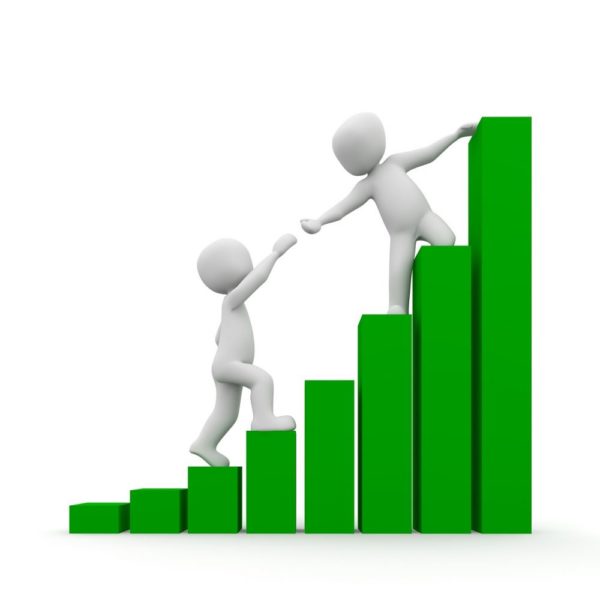Day Trader: Understanding the World of Short-Term Trading

Introduction
As the world of finance continues to evolve, day trading has emerged as a popular and potentially lucrative strategy for individuals looking to capitalize on short-term market fluctuations. In this article, we will provide a comprehensive overview of day trading, including what it entails, the different types, popular strategies, and the quantifiable metrics associated with this practice. Additionally, we will delve into the distinctions among different types of day traders and explore the historical advantages and disadvantages of these approaches.
What is Day Trading?

Day trading refers to the practice of buying and selling financial instruments within the same trading day, seeking to profit from small price movements. Unlike long-term investing, which aims to secure gains over an extended period, day trading involves swift transactions and taking advantage of intraday volatility. This fast-paced investment style typically involves stocks, but it can also include other assets such as options, futures, and currencies.
Types of Day Trading
1. Scalping
Scalping is a type of day trading strategy that focuses on making numerous small profits on small price changes. Traders employing this technique aim to capture quick gains by entering and exiting positions within minutes or even seconds. Scalpers often rely on technical analysis indicators and short-term charts to identify potential trading opportunities.
2. Momentum Trading
Momentum trading involves capitalizing on short-term price movements driven by market trends and investor sentiment. Traders employing this strategy seek to buy stocks that are trending higher in hopes of selling them at a higher price later. Momentum traders often use technical analysis tools like moving averages and trendlines to identify entry and exit points.
3. Range Trading
Range trading revolves around identifying specific price levels in which a stock is trading within a defined range. Traders employing this strategy aim to buy at the lower end of the range and sell at the upper end. Range traders use technical indicators to identify these levels and make short-term trades based on price bounces within the range.
Quantitative Measurements of Day Trading
Day trading involves a range of quantitative measurements that can help assess performance and guide decision-making. Some key metrics include:
1. Average Daily Trading Volume
Average daily trading volume indicates the number of shares or contracts traded in a specific security over a given period. This metric is crucial for day traders, as high-volume stocks often offer ample liquidity, ensuring smooth and efficient trading.
2. Volatility
Volatility refers to the measure of price fluctuation in a particular security. Day traders often thrive in volatile markets, as these offer more frequent trading opportunities. Tools like the Average True Range (ATR) can help quantify volatility and assist in setting appropriate stop-loss levels.
3. Average Return and Winning Percentage
Day traders commonly track their average return and winning percentage to gauge the profitability of their strategies. Analyzing historical performance can provide insights into the effectiveness of specific trading approaches and enable traders to make necessary adjustments.
The Uniqueness of Different Day Traders
While day traders share a common goal of profiting from short-term market movements, their approaches and motivations can differ significantly. Some notable distinctions among day traders include:
1. Retail Day Traders
Retail day traders represent individual traders who trade with their personal capital. They often operate from home and manage their accounts independently. Retail traders vary in experience level, motivations, and risk tolerance.
2. Institutional Day Traders
Institutional day traders work for institutions like banks or hedge funds, managing larger pools of capital. They often have access to more resources, extensive market data, and advanced trading technologies. Institutional traders typically focus on trading specific asset classes or sectors.
3. Algorithmic Traders
Algorithmic traders, also known as quant traders, utilize computer programs to execute trades automatically. These traders develop sophisticated algorithms based on specific strategies, incorporating mathematical models and historical data to make trading decisions.
A Historical Overview: Pros and Cons of Different Day Trading Approaches
1. Pros of Day Trading
a. Potential for High Returns: Successful day traders can potentially generate significant profits, as they capitalize on daily price fluctuations.
b. Flexibility: Day trading offers flexibility in terms of working hours and location, providing the opportunity for a balanced lifestyle.
c. Learning Opportunity: Engaging in day trading allows traders to gain firsthand experience in securities markets, learning valuable skills along the way.
2. Cons of Day Trading
a. High Risk: Day trading involves inherent risks, including the potential for substantial financial losses. The volatile nature of short-term trading can amplify these risks.
b. Psychological Pressure: Day trading can be mentally demanding, requiring quick decision-making in high-pressure situations. Emotionally managing trading decisions and maintaining discipline can be challenging.
c. Time Commitment: Day trading often demands significant time and effort, with traders needing to stay updated on market news and continuously monitor trades.
Conclusion
Day trading represents an exciting and potentially profitable venture for individuals looking to capitalize on short-term market movements. By understanding the different types of day trading, quantifiable measurements, and the distinctions among various day traders, individuals can make informed decisions and navigate this dynamic financial endeavor. While day trading offers opportunities for substantial gains, it is essential to recognize and manage the inherent risks associated with this practice.
FAQ
What are some pros and cons of day trading?
What are the different types of day trading?
What is day trading?
Fler nyheter
Så här köper du en pump för dina behov
Introduction As the world of finance continues to evolve, day trading has emerged as a popular and potentially lucrative strategy for individuals looking to capitalize on short-term market fluctuations. In this article, we will provide a comprehensiv...
03 juni 2025
Pumpar och pumpservice för alla ändamål
Introduction As the world of finance continues to evolve, day trading has emerged as a popular and potentially lucrative strategy for individuals looking to capitalize on short-term market fluctuations. In this article, we will provide a comprehensiv...
07 maj 2025
Omrörare i Skellefteå: Effektiva lösningar för betongblandning
Introduction As the world of finance continues to evolve, day trading has emerged as a popular and potentially lucrative strategy for individuals looking to capitalize on short-term market fluctuations. In this article, we will provide a comprehensiv...
06 maj 2025
Sälja silver i Örebro: En omfattande guide
Introduction As the world of finance continues to evolve, day trading has emerged as a popular and potentially lucrative strategy for individuals looking to capitalize on short-term market fluctuations. In this article, we will provide a comprehensiv...
04 maj 2025











